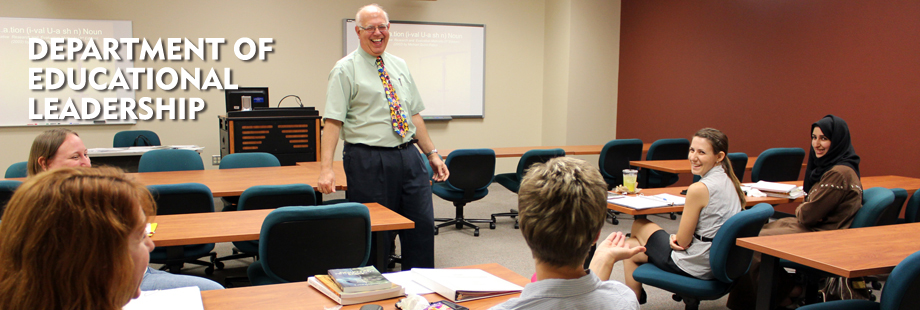Reflections on the Law and Curricular Values in American Schools
Document Type
Article
Publication Date
2012
Publication Source
Peabody Journal of Education
Abstract
The Supreme Court's 1925 ruling in Pierce v. Society of the Sisters of the Holy Names of Jesus and Mary (Pierce), striking down a law from Oregon that would have required all children, other than those needing special education, between the ages of 8 and 16 to attend public schools, essentially upheld the right of nonpublic schools to operate. At the same time, the Court recognized that state officials could “reasonably…regulate all schools, to inspect, supervise, and examine them, their teachers and pupils” (p. 534). However, in practice, other than health and safety code issues, educational officials typically impose fewer restrictions on nonpublic schools than on public schools, particularly on curricular content. In light of the significant curricular differences between public and nonpublic schools, this two-part article reflects on how educators in both systems can learn from one another as they seek to ensure the presence of diversity of educational perspectives in the marketplace of ideas. The first part of the article examines legal developments on selected curricular issues, and the second section offers recommendations on how educational leaders can work to maintain the vibrancy of American schools by affording parents the opportunity to send their children to study in schools best meeting their needs.
Inclusive pages
402-412
ISBN/ISSN
0161-956X
Copyright
Copyright © 2012, Taylor & Francis
Publisher
Taylor & Francis
Volume
87
Issue
3
Peer Reviewed
yes
eCommons Citation
Russo, Charles J. and Thro, William E., "Reflections on the Law and Curricular Values in American Schools" (2012). Educational Leadership Faculty Publications. 78.
https://ecommons.udayton.edu/eda_fac_pub/78
COinS




Comments
Permission documentation is on file.